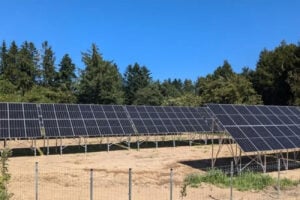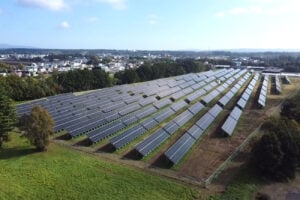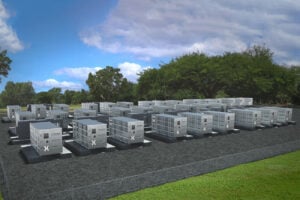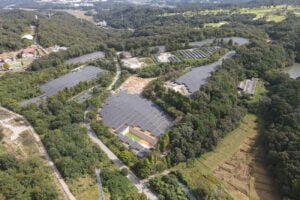
Hulic is seeking to acquire up to 20% of Canadian Solar Infrastructure Fund as part of its push into renewables. The real estate company launched a tender offer in June and on August 13, 2025, raised its bid by 3.7% to 89,930 yen per investment unit, a 19.3% premium to the closing price before the initial announcement.
According to Canadian Solar Infrastructure Fund, Hulic said the acquisition is done solely for investment purposes and that it does not intend to delist. It said the tender offer was launched “in the hope that it will serve as an opportunity to engage in mutual consultation” with its asset manager Canadian Solar Asset Management and sponsor and major unitholder Canadian Solar Projects, leading to “further expansion and development of each other’s businesses.”
The tender offer will run until September 3, 2025. Hulic does not currently own any units in the fund. If it acquires 20% as targeted, combined with Canadian Solar Projects’ existing ownership of approximately 15% of the fund, the share of actively tradable investment units will decrease to about 65%.
Canadian Solar Infrastructure Fund was listed on TSE’s Infrastructure Fund Market on October 30, 2017. As of August 15, 2025, it has invested 101.8 billion yen in 34 solar power plants totaling 246.3MWDC. About 82% of its investments were made into assets under high, 40 or 36 yen per kWh, feed-in-tariff (FIT) contracts. Investments in Kyushu account for about 60% of the total.
Hulic explained in its annual report that “we have been focusing on RE100 and making all power consumed in our buildings 100% renewable” and that with the goal in sight, it decided to enter the for-profit renewable energy business. It has been developing renewable assets to supply its properties, signed a deal with TEPCO Renewable Power, and invested in a grid-scale battery storage fund. The Nikkei reported Hulic plans to invest 100 billion yen in BESS by 2034.
The TSE Prime-listed real estate company’s move follows a broader trend of offtakers partnering with renewable developers and asset owners to decarbonize, as well as tap opportunities in the energy market itself.










